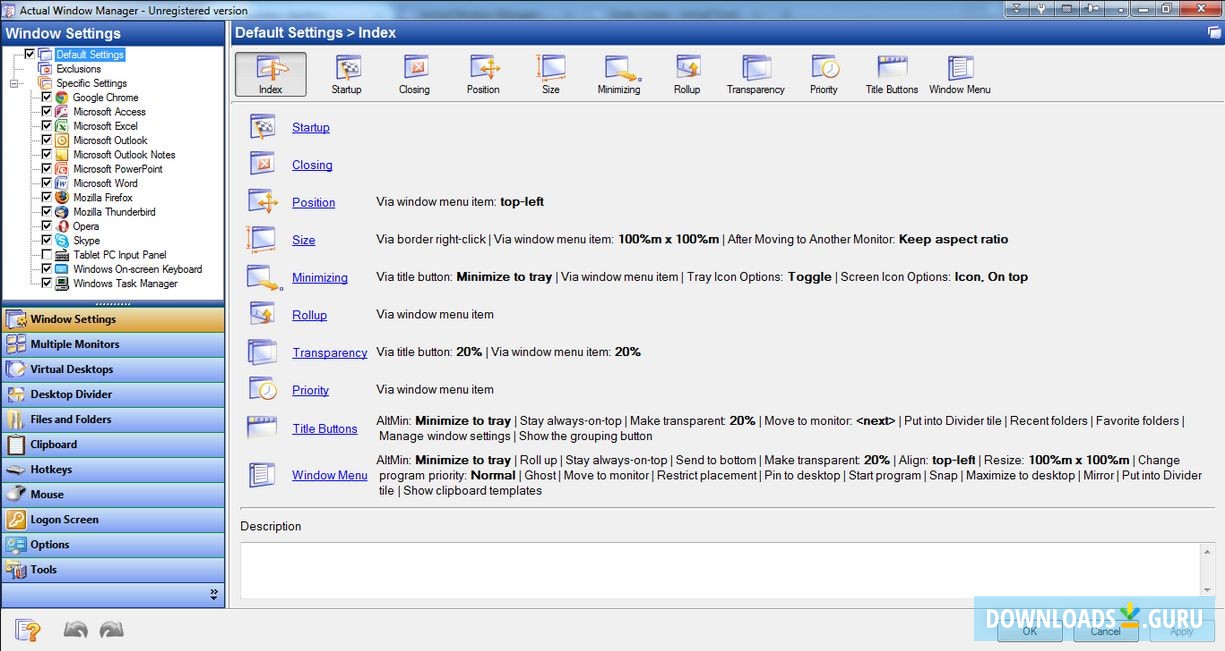

To query and display all open files in list format with detailed information, type: openfiles /query /fo list /v To query and display all open files in table format without headers, type: openfiles /query /fo table /nh To query and display all open files, type: openfiles /query Specifies that detailed (verbose) information be displayed in the output. Valid only when the /fo parameter is set to TABLE or CSV. CSV - Displays output in Comma Separated Values (CSV) format.If you don't use the /p option, a password prompt appears when the command is run.ĭisplays the output in the specified format. Specifies the password of the user account that is specified in the /u option. If you don't use the /u option, system permissions are used by default. Runs the command using the permissions of the specified user account. This parameter applies to all files and folders that are specified in the command. If you don't use the /s option, the command is run on the local computer by default. Specifies the remote system to connect to (by name or IP address). openfiles /disconnectĮnables an administrator to disconnect files and folders that have been opened remotely through a shared folder. This command also enables or disables the system Maintain Objects List global flag. Enables an administrator to query, display, or disconnect files and directories that have been opened on a system. Orientation: ScreenOrientation ) Ĭonsole.

This is the output on my MacBook Pro 13″: window.

You can get information about the current screen by looking at the window.screen property, which returns a Screen object. For example, to open a 400×300 window at 50 pixels from the left and 50 pixels from the top, this is the code that you could use: const popup = window. To specify a window's position, you can pass the coordinates as left and top (or screenX and screenY respectively) and pass the desired size as width and height (or innerWidth and innerHeight respectively). While some aspects of this API seem a little archaic, such as its windowFeatures DOMString parameter, it has nevertheless served us well over the years. The time-tested approach to controlling windows, Window.open(), is unfortunately unaware of additional screens.

# How to use the Window Management API # The problem


 0 kommentar(er)
0 kommentar(er)
